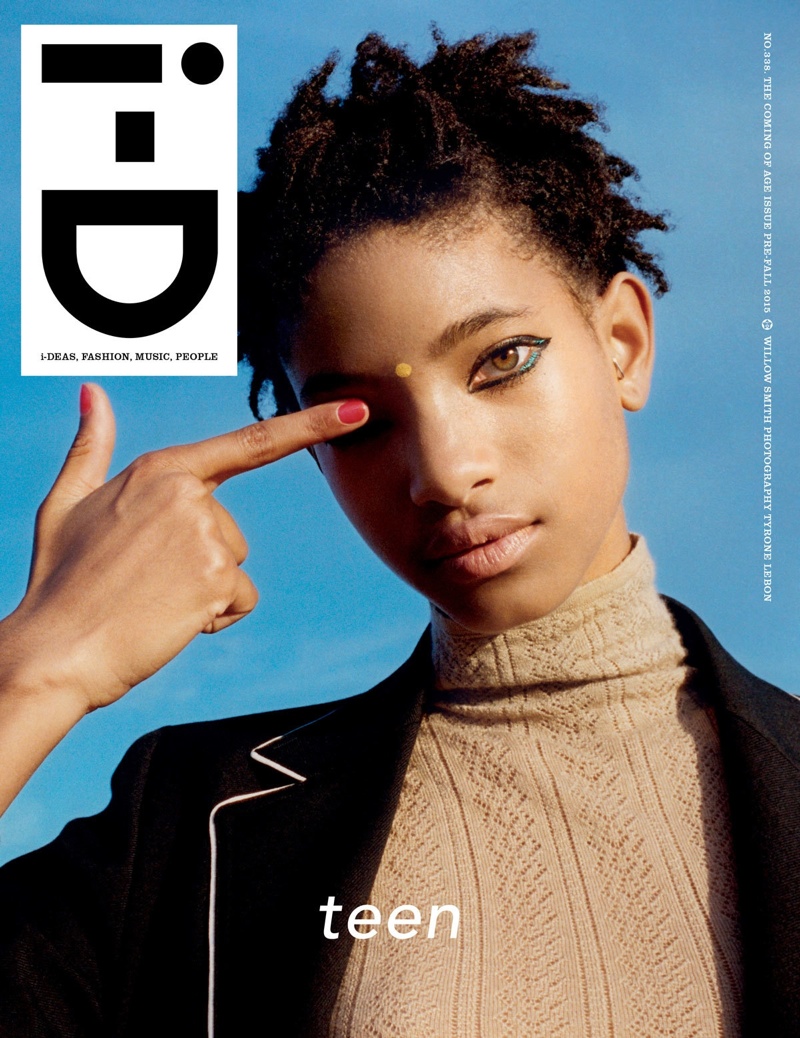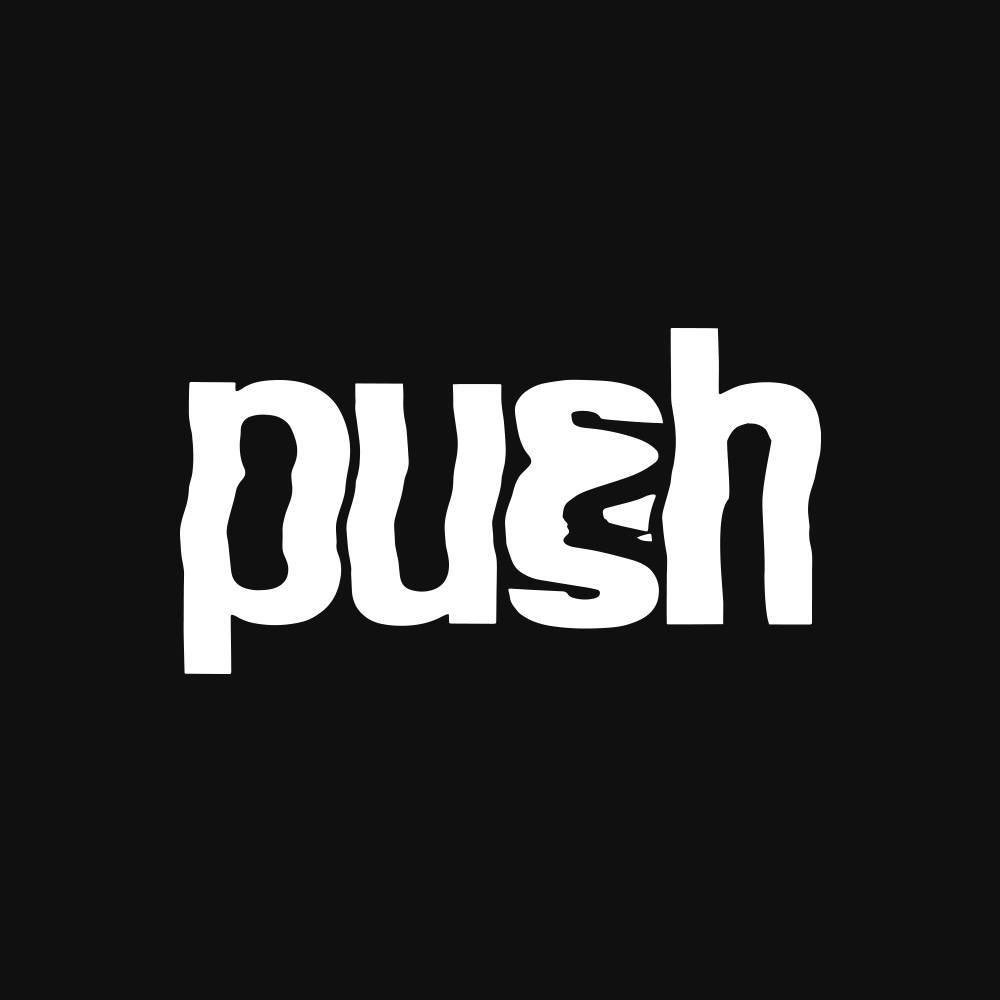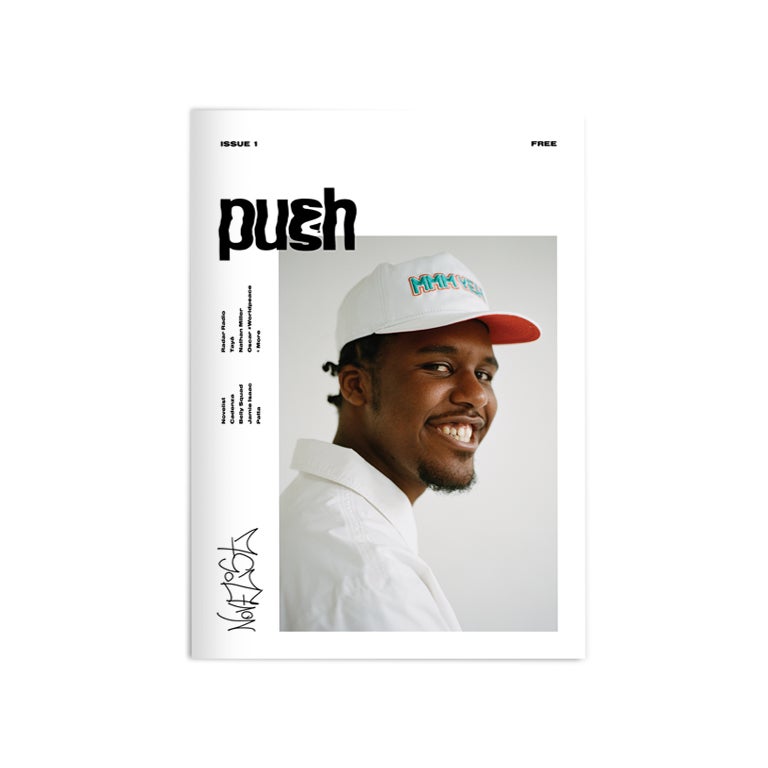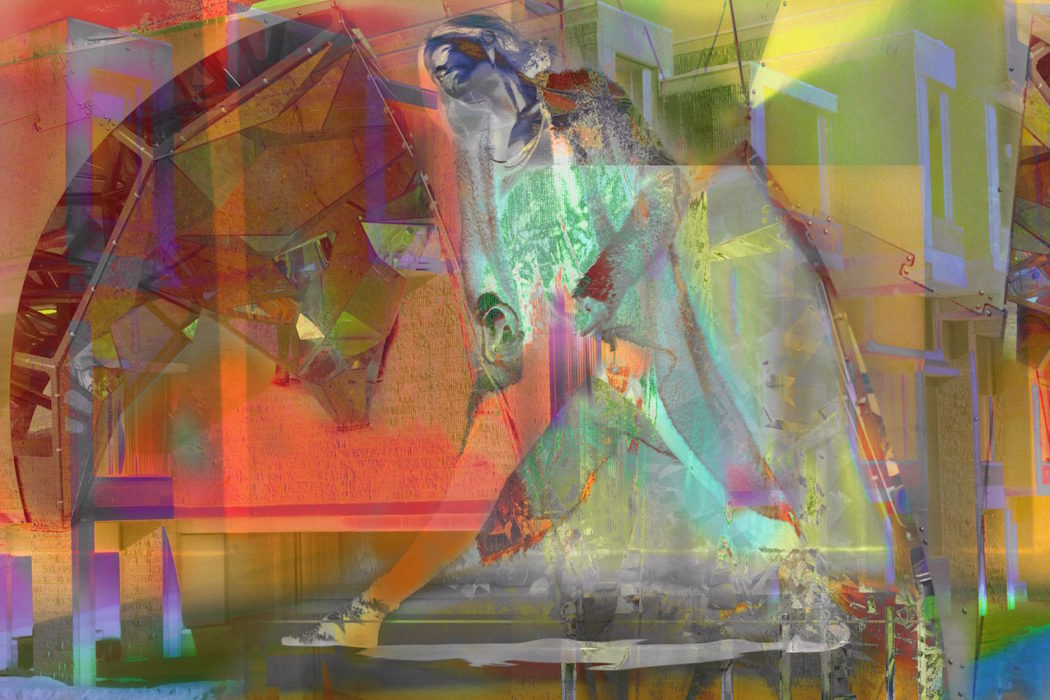To get underway with my project for my photography exam, I have decided to begin planning for my first few photoshoots which are confirmed. These will be primary experimentation/practice shoots where I get to grips with what I want to do and experiment with different shots to out me in good stead for my other shoots to follow. Below I have outlined the brief details of my shoots where in which I state where the shoot will take place, when it will take place and who will be modelling for them.
This shoot will be competed as a response to my primary research and studies into photographers such as Vicky Grout and the work in magazine, PUSH.
I have decided to create a ‘planning’ blog post covering both shoots is because they will be practise shoots that will consist of more or less the same intentions – to get a god array of different shots of each model on their individual shoot. This will provide me with a basis to branch out form when advancing with other photoshoots which will be as a response to my first couple where I am finding my feet. As well both shoots take place within a day of each other and so it is easier to plan for both.
Model
For my first two shoots, I have confirmed both models for them and also briefly confirmed dates and times however these may change.
For the first photoshoot, I have confirmed Peter Le Gal as my model. Peter is 18 years old and is a good mate of mine so it was easy to arrange our shoot and recruit him as a model because he was willing to help.
For my second shoot, Max Feighan has agreed to be the model and this shoot is taking place a day after my one with Peter. Max is also 18 years old, however, I had never really spoken with him before so it was a risk to approach him about this but he was very eager to help.
But I believe both of these guys will be perfect for my first couple if shoots as I feel like both shoots will be a good laugh and I should be able to get some goo shots from both. My main aim will be to capture both models look and individuality through a heavy focus on their face by using close ups and head/shoulder as well as experimenting with long shots including the background.
Outfit
With regards to the outfits on the days of the photoshoots, I don’t know what either of the models will be wearing as I have no intention of telling them what to wear.
I will be leaving it up to both Peter and Max as to what they decide to wear but I will attempt to get an idea of what they plan to wear before the shoo so I have a rough idea of what to expect. Max has in fact already told me that he is planning on going for a vintage look but will confirm this with him bore the shoot.
As well, both pf them know what I am looking for from them and have briefed them on this.
Location
I am aiming to carry out at least one of the shoots at Minden Place Car Park on the top story. This is open air and overlooks St Helier. However, I don’t know where I want to base the other photoshoot and need to decide on this.
I have chosen Minden Place because it is a very suitable area to carry out this first photoshoot. It is a location that present an urban look on Jersey; on the top floor, it is open air and is surrounded by wire grids which overlooks the entire wide view of St Helier. This will complement the focus on the model very well and using this view as a background to close up shots when the background has a soft focus as well in long shots when the depth of field is much deeper and more of the frame is in focus.
I may also ask Peter or Max whether they know any cool, urban places in Jersey that may suitable for one of our shoots. They may know of some places that we could try out.
Equipment
(equipment bag) Canon EOS 600D – 50 mm Lens – 18-55 mm Lens Tripod – iPhone – Canon SureShot A1 – Olympus Pen EE 17
For the shoot, I will be bringing most of my camera equipment along with me to give me the best opportunities for success. This includes my camera body which is a Canon EOS 600D. I will also be bringing both my lenses along with my own my equipment bag, this includes my 18-55 mm lens which I plan to use for any long, landscape images where I want to capture a more wider angle than my 50 mm lens will allow. I will use my fixed lens for close ups and more facial focused images where I capture Emanuel’s face and his shoulders; as well when I want to achieve a soft background and bokeh effect. As well, I will have my phone on me as I always of and plan to use my phone to capture any informal shots of Emanuel. My intention for these types of shots are to look like cinematic shots as if they are from a film, whether Emanuel is mid-laughing or not staring straight into the camera lens. I will use the ‘Huji’ camera app on my phone which captures vibrant, saturated yet faded images in the style of a disposable camera. I will also be using my film cameras, especially my Olympus film camera to capture any other shots I wish to but in a half-frame format where whenever I release the shutter, a half of frame is captured and the next frame taken makes up the whole frame once developed.
Style/Look/Colours
For the first couple photoshoots of this project, I will be focusing heavily on the work of Vicky Grout and other young fashion and portraiture specialist photographers as their similar but unique and captivating style of photographing young people is the look I wish to achieve in my own work. These photographers, including Vicky Grout, Ali Arrowsmith and Filmawi Efrem, all of whom I discovered through the magazine called PUSH which I have recently bought and read, capture the youth of London primarily on the streets of where they may live and they focus heavily on capturing their personas on characteristics through the way they photograph them with heavy reliance on facial expressions and body language as well as a balanced mix of informal candid shot and more formal posed shots.
I want both shoots to have a very polished look to them; by this I mean, I would like all shots to be crisp and clear and in focus,paying close attention to ensuring the face of the subject is in focus. Using my 50mm fixed lens, I will also be able to experiment with using the f/stop to create a shallow and deep depth of field and I will be using a low f/stop most if the time to create a subtle bokeh effect where the background is focused softly and the foreground where the model stands will be crisp to ensure this is where the viewers are drawn to. I will be using my camera in both portrait and landscape to get both wide shots and close up shots as well as full body shots.
As well, I hope for the colours to be varied. I will be working solely with natural light and this will be vital in ensuring the quality of my shots.I believe I will achieve both cold colours as well as warm colorus but it depends on the weather. I could get some shots that are cold in their departure if the weather has been quite overcast for the day and clouds are expected for the evening time. However, I may be able to some warm temperatures if the sun is out but there are still clouds; this could create some great colour effects when the sun shines through the clouds and I am hoping for a sunset on onje of my shoots also.
I will be experimenting in post production also to enhance any colours or lighting that I feel necessary and will be working predominately in Lightroom so that I can collate contact sheets and also edit any photographs.
Date/Time of Day
I will be shooting wit Peter on Wednesday 14th March and we arranged to shoot at around 4pm but is dependent on how quickly we can both get to the location from school and whether Peter needs to change his outfit form what he was wearing at school so this time is flexible.
As well, with Max, we have also aid to shoot at 4pm but this is again flexible and there is room to move this to later time if needs be. I will be working with Max on Thursday 15th March.
The good thing about producing two photoshoots so close to one another is that I will have two sets of images to use at point in time afterwards and don’t have to wait for a long time before my second shoot. It will also allow me to probably be more efficient in the way I shoot as I will be doing two consecutive shoots.
As well, because I will be shooting at this time of day when the sun is soon to go down, I may be able to get, if we are out on location for a good couple hours, some shots of the sun setting and this will add some really cool and effective colours into the palette. Especially when in the multi story car park in St Helier, I will be able to capture the warm oranges and pinks from a sunset because we will be above street level and overlooking the horizon of St Helier. It would be great if I got this opportunity to capture these amazing colours from a Jersey sunset at dusk.





























![Image of PUSH Issue Three [Out Now]](https://images.bigcartel.com/product_images/208164409/BIGCARTEL-2.jpg?auto=format&fit=max&w=1500)


